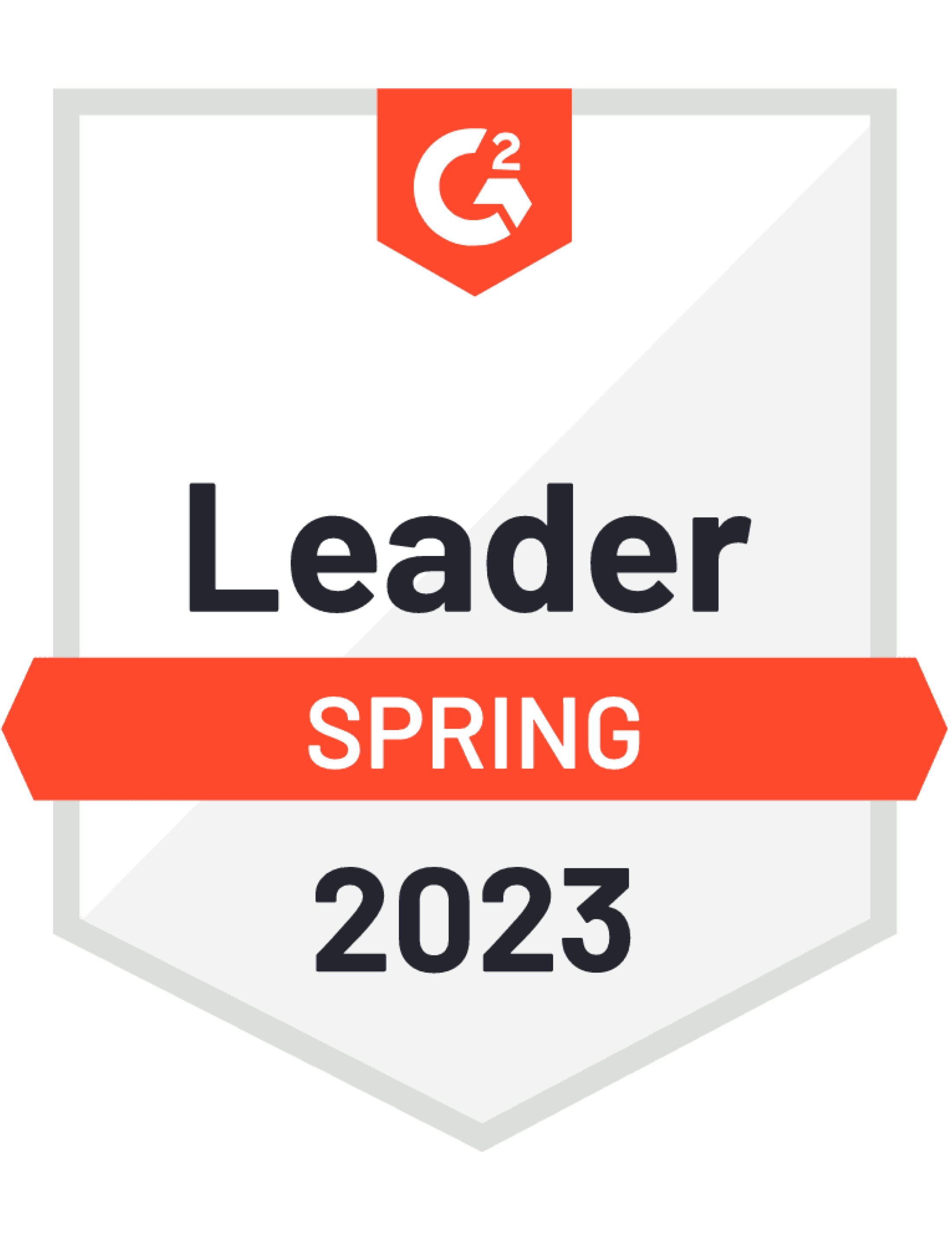A production-ready, modern cloud
The fastest PostgreSQL, built for time-series and analytics.
Supercharged PostgreSQL
Automated dynamic data partitioning
Hybrid row-columnar storage
Advanced compression techniques
Incremental up-to-date materializations
Policy-driven data management
 5-star ratings on G2
5-star ratings on G2“A performant time-series database built on the rock-solid PostgreSQL, with stellar support to boot.“
Enterprise with 1,001-5,000 employeesBoost performance exponentially, with native data structure and query optimizations
- Write millions of data points per second, without giving up flexibility
- Improve query performance by 1,000x compared to vanilla PostgreSQL
- Impress users with millisecond response times for complex aggregate queries
- Enjoy fast scans across historical data as recent rows are converted to columnar storage transparently
- Perform complex data analysis faster, with more than 100 built-in SQL hyperfunctions for fewer lines of code
Scale efficiently with software and hardware advancements, built for modern infrastructure
- Dynamically scale compute and storage independently. Only pay for what you use.
- Scale query capacity with read replicas and connection pools as your workloads grow
- Save 90%+ storage space with our advanced type-specific compression algorithms
- Store infinite data by transparently tiering older data to warm storage on Amazon S3
- Easily store 100 TBs across data tiers, and still query as standard SQL tables
Control costs with no concessions, so you can grow your application not your spend
- Cost-effective and flexible pricing with usage-based storage and dynamic compute options. Stop worrying about resource waste.
- Increase performance with fewer compute resources plus custom optimizations for time-series data and analytics
- Cut your storage costs with advanced compression that saves 90%+ storage use, and tier to bottomless object storage for even greater savings
- Reduce your storage footprint further via automated data retention policies and continuous aggregations
- Receive a simplified bill that you will understand, without hidden data transfer, cost-per-query, or cost-per-data-scanned charges
Focus on your application, stop worrying about your database
- Timescale extends 100% PostgreSQL, so rely on everything you love about PostgreSQL—excellent dev experience and a rich ecosystem of database extensions, tools, and connectors
- Stop worrying about size. No more running out of storage space, managing disk allocations, or getting stuck in the wrong CPU/memory configuration.
- Save time and stress with continuous incremental backup/recovery, point-in-time forking/branching, zero-downtime upgrades, and multi-AZ high availability
- Rely on top-notch consultative support to unblock any hurdles—at no extra cost
- Sleep soundly knowing that a global ops and support team is 24x7 on the job, with deep experience building and managing Postgres at scale
Engineered for cost savings
Our resource efficiency means you need less compute and storage for your workloads. We’ve also engineered more cost savings with usage-based storage (only pay for what you store), a low-cost storage tier for rarely-accessed data, and scalable compute.
Find the right time-series solution for you
Choose the fastest Postgres time-series database—whether you self-host our open-source TimescaleDB, or rely on one of our worry-free cloud options.
Best-in-class PostgreSQL performance
Platform operator
Automatic partitioning via hypertables for efficient indexes and faster ingest
Automatic materialized data aggregations for real-time dashboards and APIs
View more
Flexible analysis with Full SQL
Full ecosystem of PostgreSQL features, connectors, and drivers
JOIN time-series and event tables with relational tables
Rich timestamp and timezone support
View more
Automated data management policies
Columnar storage format with fast scans
Native compression with 90%+ storage savings
Data retention policies
View more
Scalability made easy
Disaggregated compute & storage
Capacity for 100s TB of uncompressed data
Dynamic compute resizing
View more
High availability and reliability
Multi-AZ (availability zone) deployments for high availability
Continuous incremental backup and automated restore
Point-in-time recovery and branching
View more
Automated upgrades and software patching
Automated upgrades during configurable maintenance windows to reduce the risk of security vulnerabilities and ensure up-to-date database services
Zero-downtime TimescaleDB and PostgreSQL minor upgrades
PostgreSQL major version upgrades use a forking workflow and disk snapshots to minimize downtime and risk
View more
Robust security and compliance
SOC 2 Type 2 and GDPR compliance
Data encrypted at rest (both disk and backup)
Data encrypted in transit
View more
Deep observability
Operational visibility into your databases to understand performance, uncover regressions, and optimize performance
Insights for automated query summaries and statistics
Per-query drill downs into execution times, row results, plans, memory buffer management, and cache performance
View more
Top-notch support and operations
Architectural reviews, data modeling and query optimization assistance, feature testing, and migration support
View more